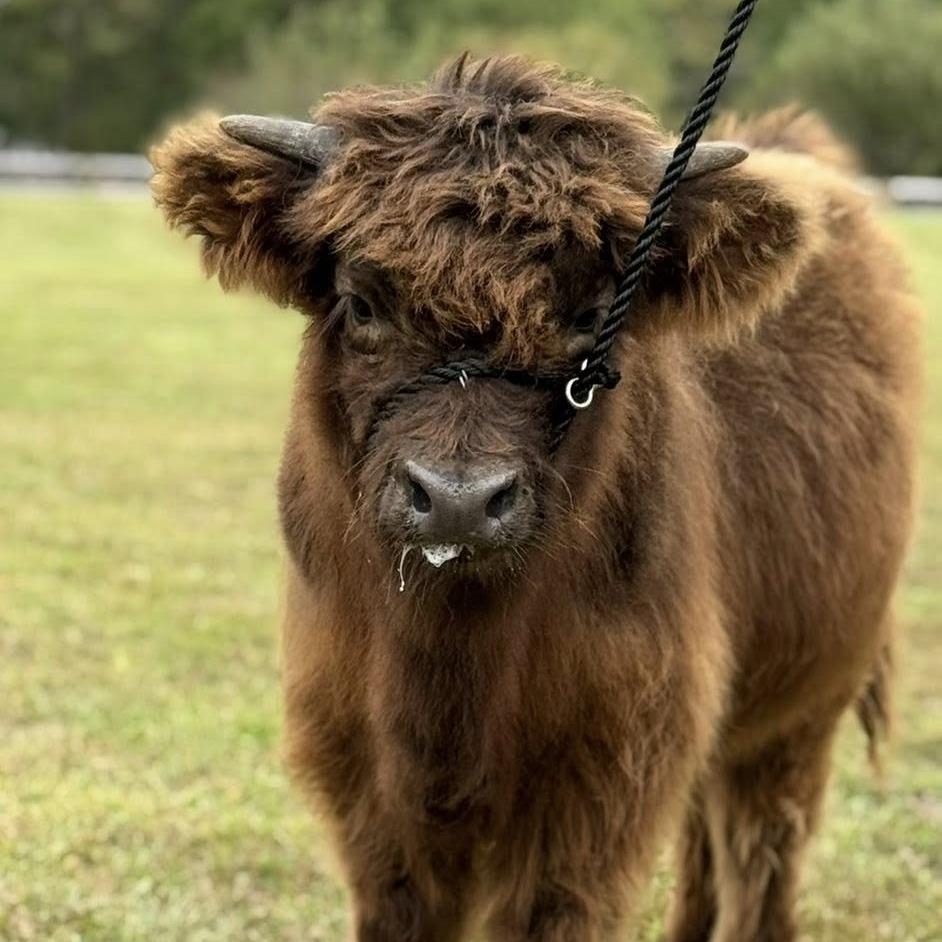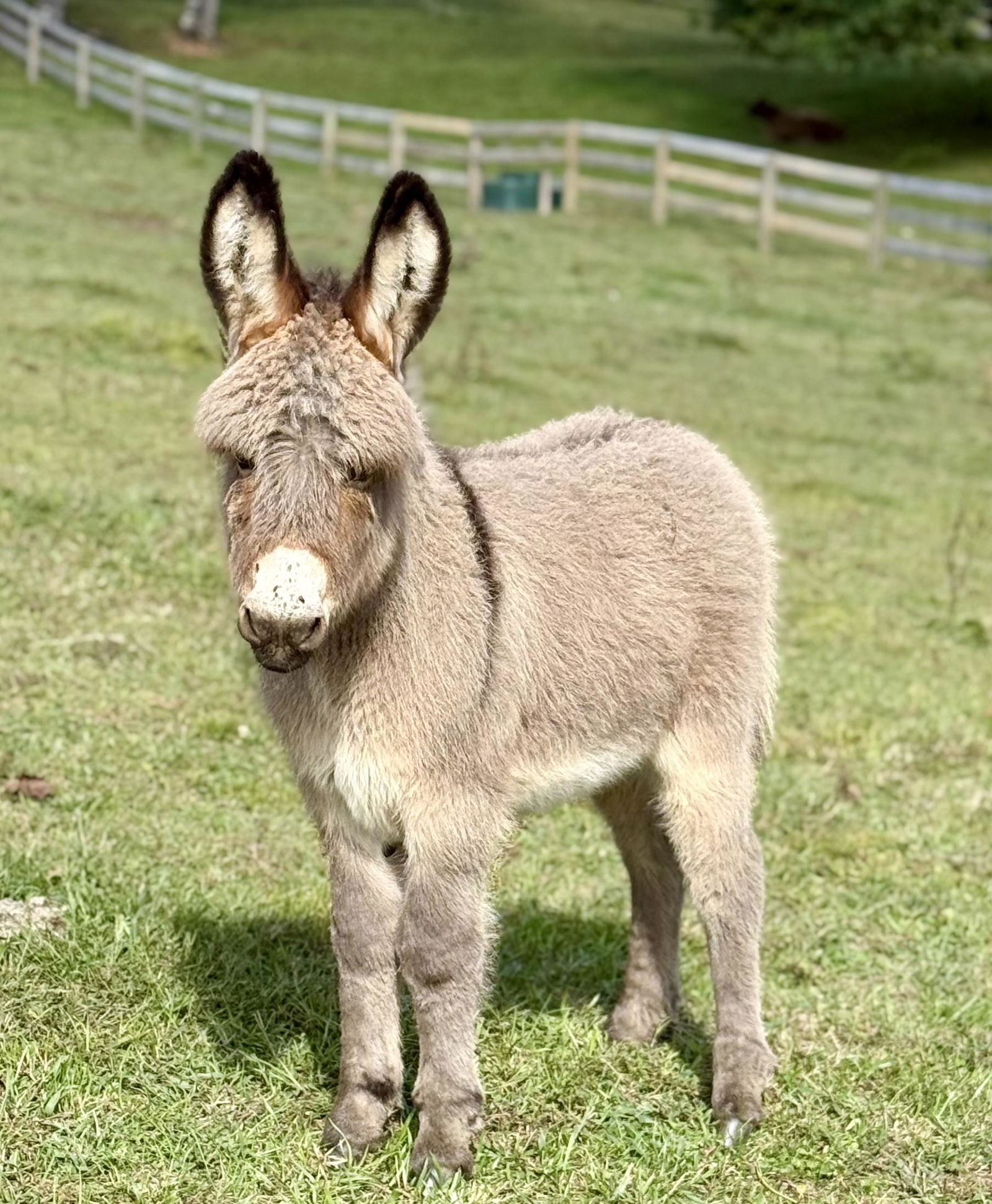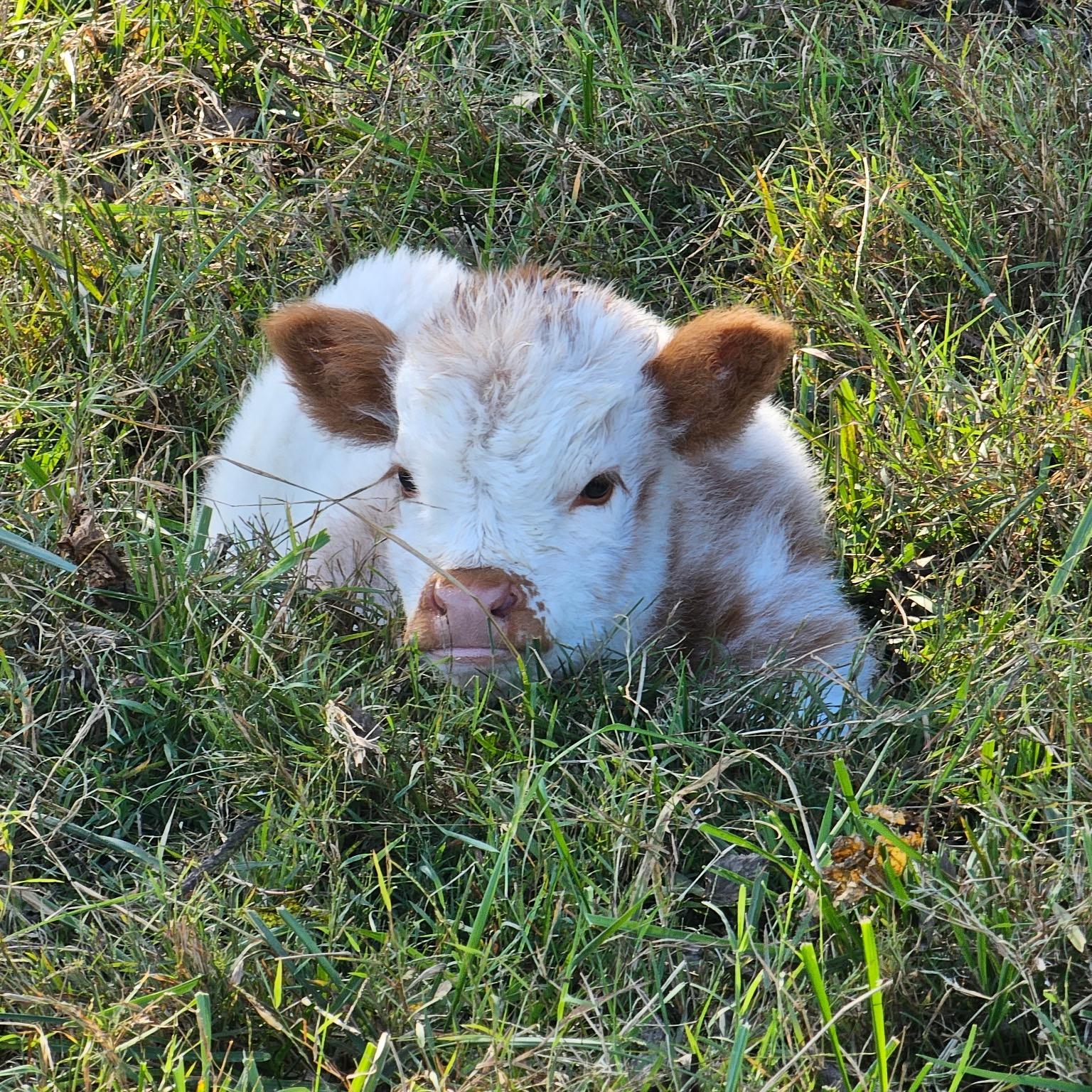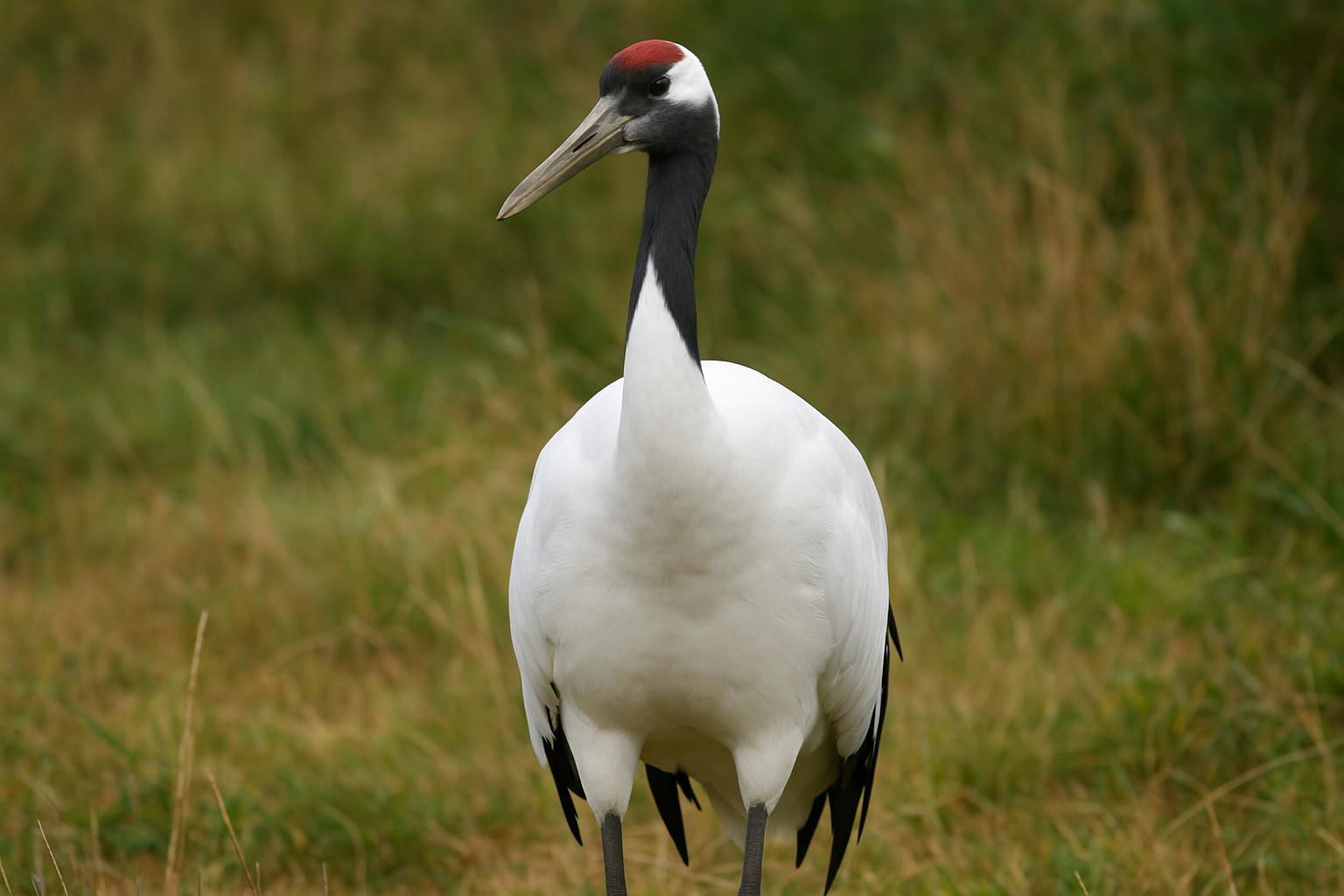
Red-Crowned Crane
Grus japonensis
The Red-Crowned Crane (Grus japonensis), also known as the Japanese crane or Manchurian crane, is a majestic bird renowned for its striking appearance and cultural significance. These cranes are among the largest crane species, standing at over five feet tall with a wingspan that can exceed seven feet. Their distinctive plumage is predominantly white, punctuated by black secondary feathers and a stunning red patch of bare skin atop their heads, from which they derive their name. This vibrant red crown is a symbol of good fortune and longevity in many East Asian cultures, particularly in Japan and China.
Red-Crowned Cranes are found in eastern Asia, with breeding populations primarily concentrated in the wetlands of northeastern China, Siberia, and Hokkaido, Japan. They are highly aquatic, preferring marshes, tidal flats, and riverbanks where they feed on a diet of insects, aquatic plants, fish, and small animals. These cranes are known for their complex courtship dances, involving synchronized leaps, bows, and calls, which strengthen pair bonds and are a mesmerizing sight. Sadly, the Red-Crowned Crane is classified as Endangered due to habitat loss, pollution, and human disturbance, prompting numerous conservation efforts to protect its dwindling populations.

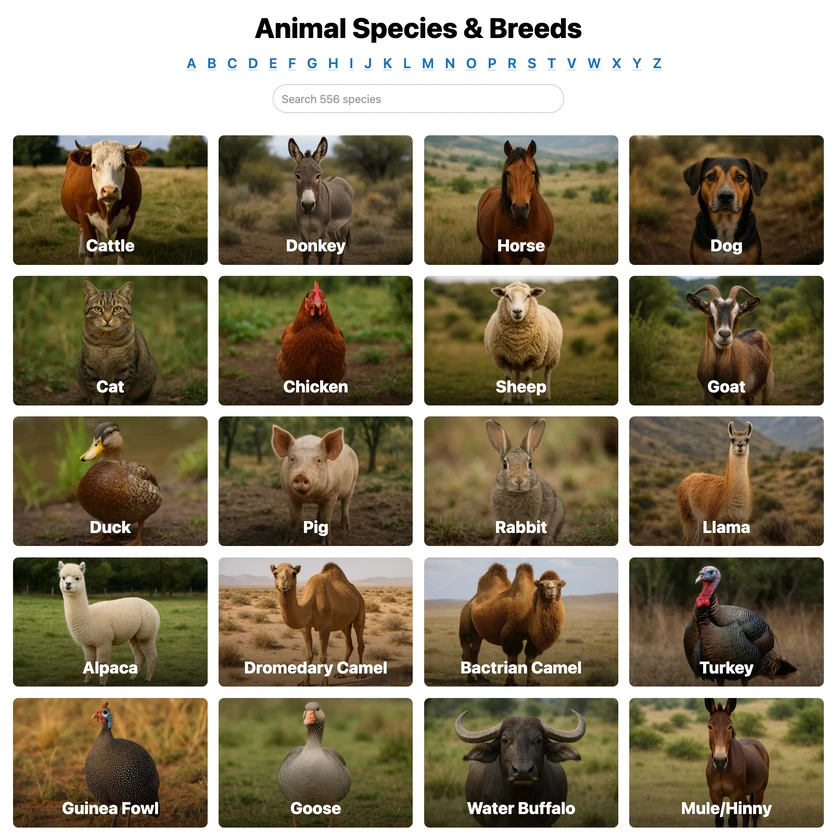 All Species & Breeds
All Species & Breeds
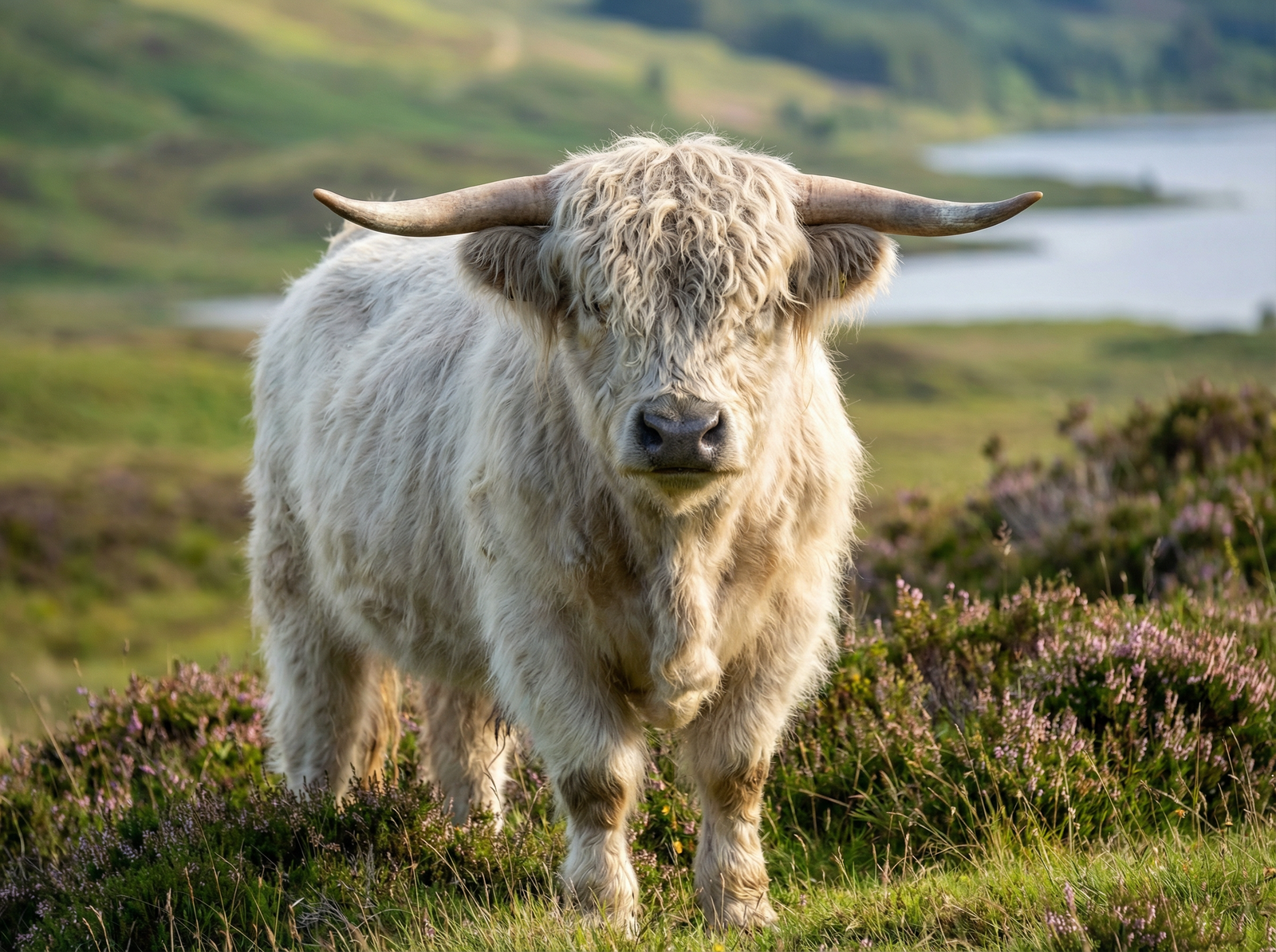 Highland Cattle
Highland Cattle
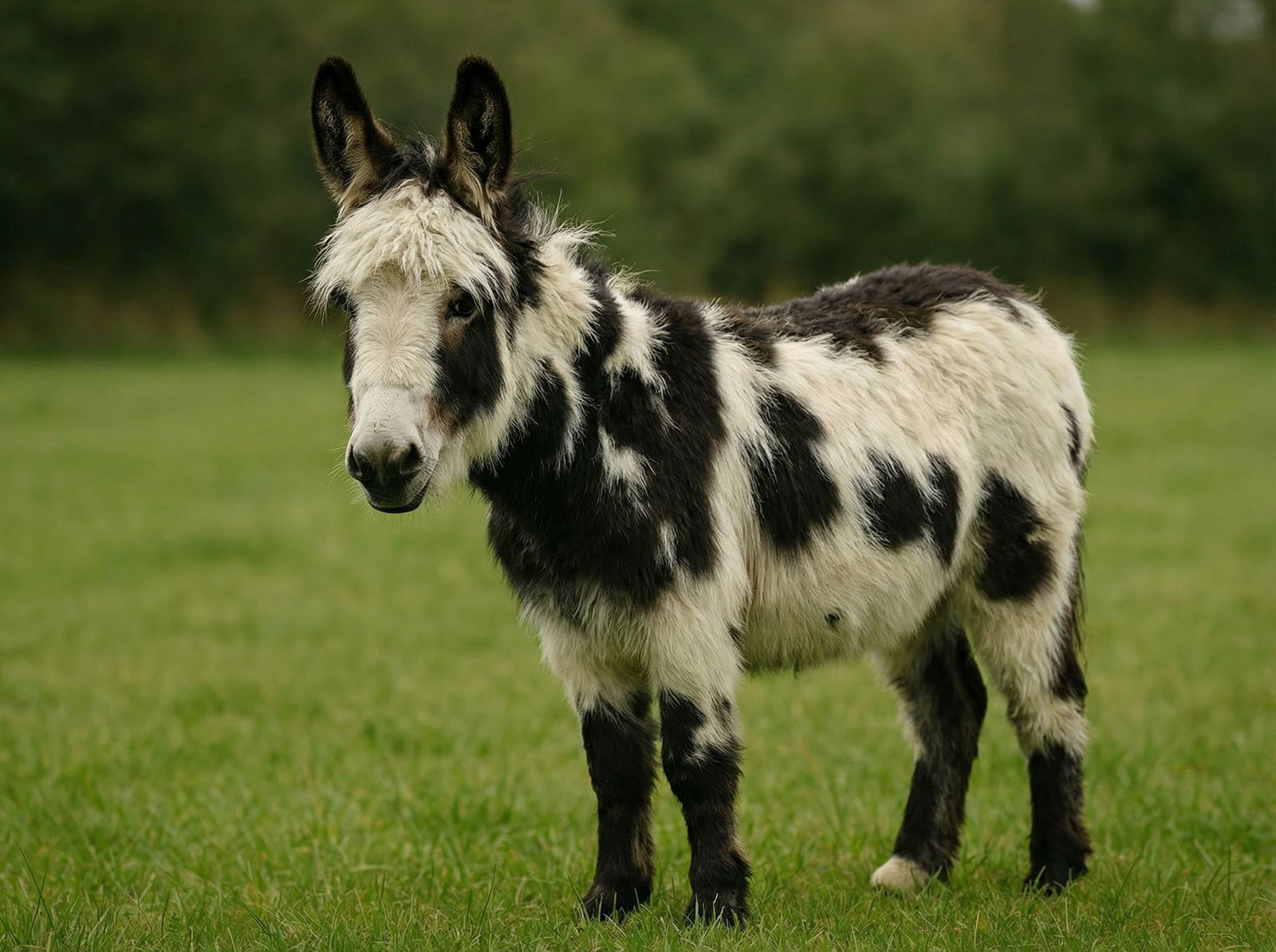 Miniature Donkeys
Miniature Donkeys
 All Species Directory
All Species Directory
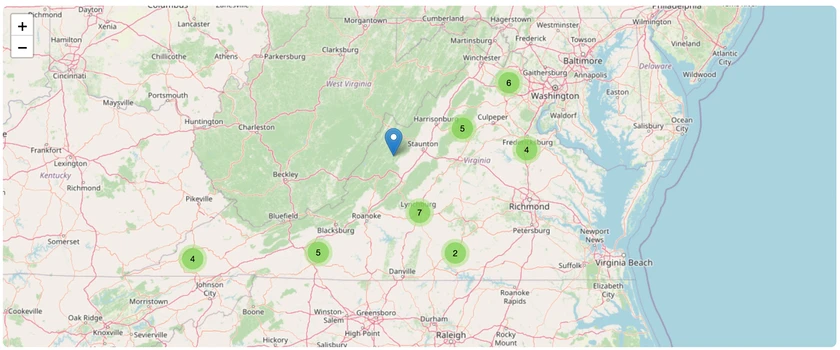 Highland Cattle in Virginia
Highland Cattle in Virginia
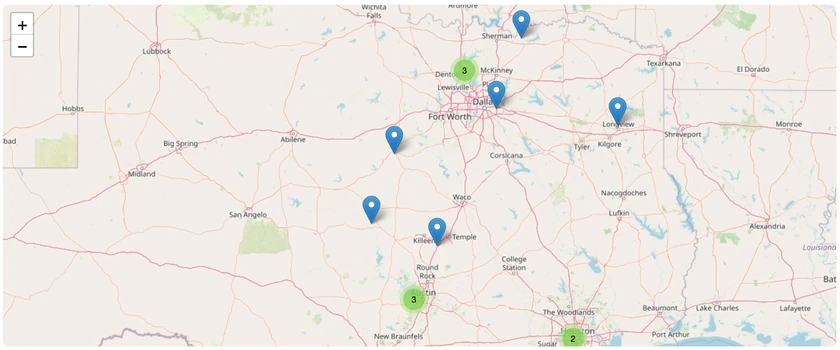 Miniature Donkeys in Texas
Miniature Donkeys in Texas
